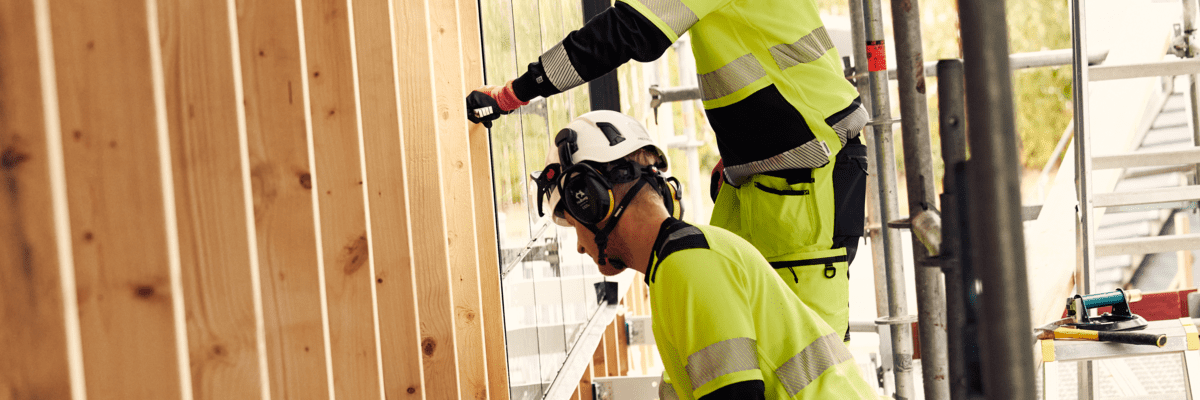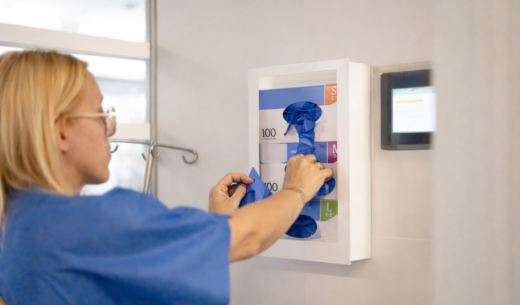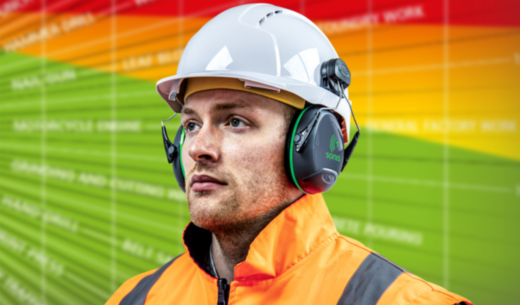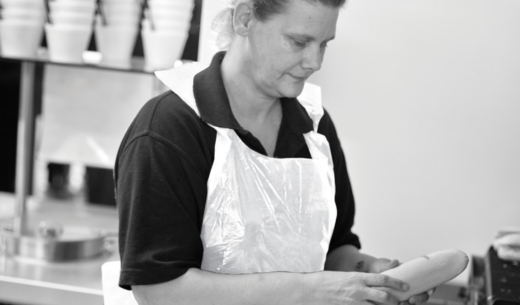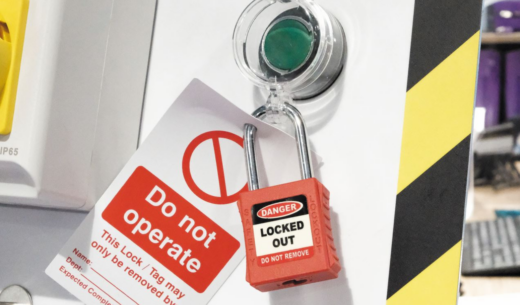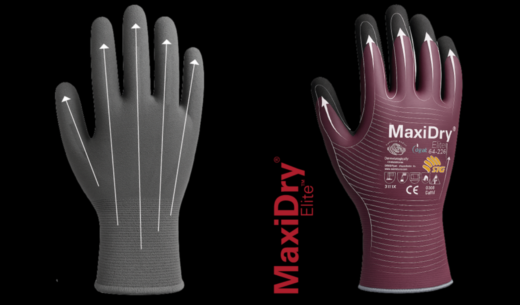Importance of Fastening your High Visibility Vest
In the world of workplace safety, the humble high-visibility (hi-vis) vest plays a crucial role. It’s not just a piece of clothing; it’s a life-saving tool designed to keep workers visible and safe in various environments. However, for a high visibility vest to be truly effective, it must be worn correctly—zipped or fastened, not open. Here’s why:
1. Maximised Visibility
High visibility vests are designed with bright colours and reflective materials to ensure you stand out in low-light conditions or busy environments. When a vest is worn open, its visibility is compromised. The reflective strips may not align correctly, and the bright fabric could be obscured, reducing the vest’s effectiveness.
2. Enhanced Protection
An unfastened vest can flap around or get caught in machinery, creating hazards rather than preventing them. By fastening your vest, you ensure it stays snug and secure, offering the intended protection without becoming a distraction or a danger.
3. Professional Appearance
Wearing your hi-vis vest properly reflects a commitment to safety and professionalism. It signals to colleagues, supervisors, and clients that you take safety seriously, promoting a culture of care and responsibility in the workplace.

4. Regulatory Compliance
Wearing your hi-vis vest properly reflects a commitment to safety and professionalism. It signals to colleagues, supervisors, and clients that you take safety seriously, promoting a culture of care and responsibility in the workplace.
5. Set the Right Example
As a team member, especially if you hold a leadership position, your behaviour sets an example for others. By wearing and fastening your hi-vis vest, you demonstrate the importance of following safety protocols, encouraging others to do the same.

